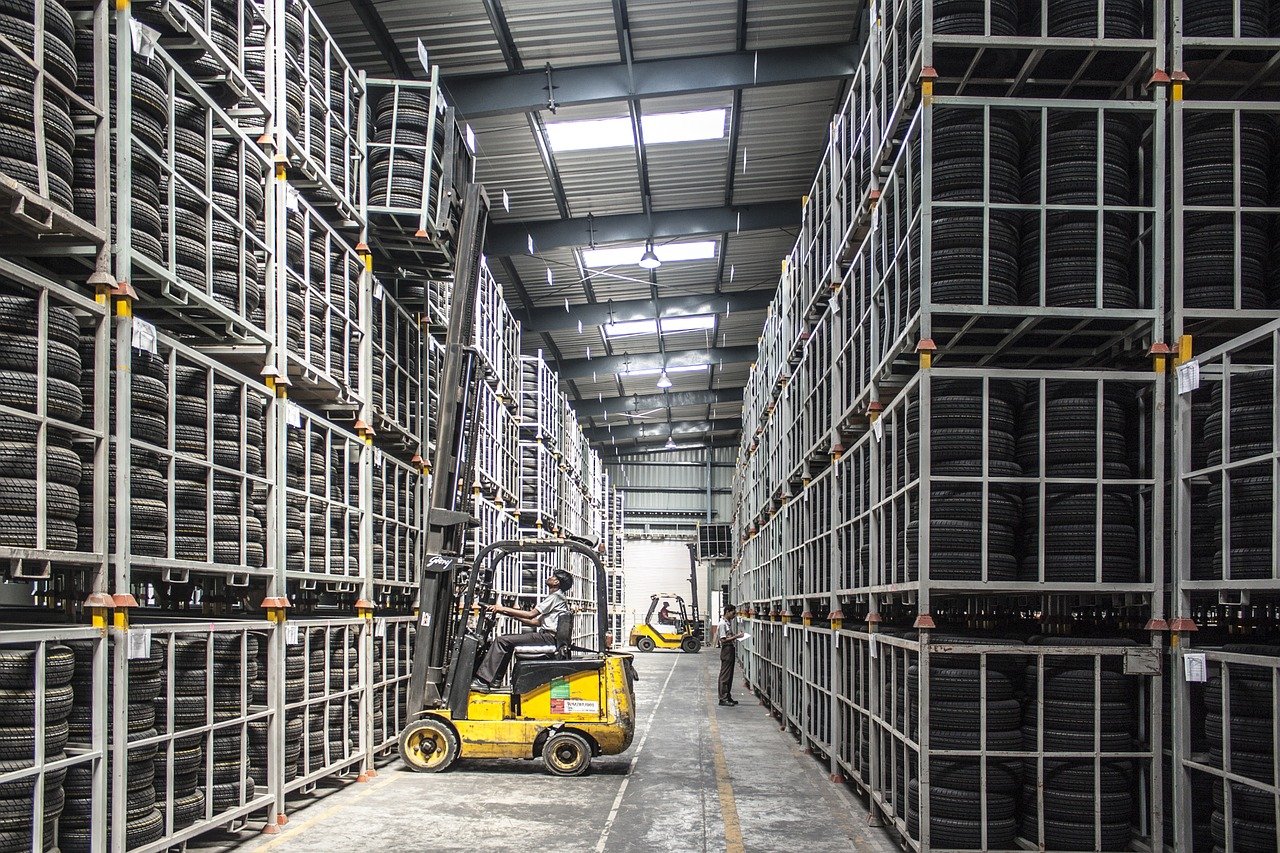5 Tips On Shipping Products To Customers
In today’s e-commerce-driven economy, it’s more vital than ever that businesses of all shapes and sizes have adequate shipping and handling facilities to deal with a sudden increase in demand. Nonetheless, despite the ever-growing importance of shipping to success in today’s market, many small business owners in particular are struggling when it comes to retrofitting their ailing shipping operations. Isn’t there a sure-fire way to guarantee your company gets its products delivered to its customers on time?
As a matter of fact, there is – follow these 5 tips, and stay up to date on the latest developments in the broader e-commerce economy that’s redefining shipping as we know it, and you’ll be well on your way to expanding your consumer base by offering better, cheaper shipping options.
- Embrace the era drop-shipping
Drop-shipping is becoming more and more commonplace in today’s economy, but many small business owners in particular are entirely ignorant of its existence in the first place. If you’re one of those not in-the-know, drop-shipping is essentially sending products directly to your customers from your supplier, thereby eliminating pesky middle-man cost and offering more enticing shipping services to consumers who may be lured away by the competition.
If your business is hemorrhaging money on its warehouse operations, or you’re struggling to come up with good shipping operations of your own, consider embracing drop-shipping as a way to effectively deliver your goods to your customers without having to break the bank. Read up on the basics of drop-shipping beforehand, however, if you want to avoid some costly mistakes caused by your own inexperience.
- Ensure you’re not getting ripped off by suppliers
Many businesses that have opted to rely on third-party suppliers aren’t necessarily doing their due diligence when it comes to ensuring they’re not getting ripped off. For smaller businesses that can’t afford to spend an extra penny in their budgets, it’s crucial that you guarantee you’re getting a fair deal, as a failure to have cheap but nonetheless effective shipping operations is essentially a death sentence in today’s market.
If you’re considering a new supplier, check out this handy list of vital questions that you should ask them beforehand. For those businesses who are already relying on a supplier, don’t be afraid to revisit your early contracts with them, or to discuss how they’re still meeting your needs a few months or years after you’ve originally struck up a bargain with them.
- Revisit your packaging operations
A vital part of any good shipping operation is the packaging process you’re using; after all, an inefficient packaging process could be costing you valuable time and money. Not only that, but a poorly-branded package is a missed opportunity; if you master custom boxes and brand packaging, you’ll be enjoying some free advertising whenever your customers make an order with you, after all.
If you’re trying to compete with a retail giant or another established business behemoth, stylish brand packaging could be the key facet that sets you apart from the competition, especially if you leverage it to exploit your small or local business status, which consumers will love.
- Get with the times, and offer tracking
If your business is still shipping its products to customers without offering them tracking services, it’s years behind the times, and you’re likely losing some business to your competitors who allow consumers to monitor the packages the minute they leave the factory floor for their destinations. Some businesses opt-in for tech-based tracking system which costs additional cash but has generated customer satisfaction enabling its consumers to keep a constant eye on where their deliveries are. This more than makes up for any initial investment.
However, you don’t need to get super-techy to satisfy your consumers with real-time tracking. Many small business owners can rely on the simple things to ensure customer satisfaction. One example is a simple text notification upon delivery. You’d be surprised at how many customers state that this simple gesture makes them feel at ease. For example, even a simple florist, having done its SEO with the help of expert SEO services, provides text message notifications upon each delivery. This limits the amount of inbound phone calls they receive from customers wondering whether or not their flowers got delivered.
- Don’t be afraid to automate
Many small business owners shun automation, often because they mistakenly believe that it’s a costly endeavor only available to larger, corporate entities. The reality is that automating is easier now than ever before, however, and companies that learn how to automate their shipping process will be optimizing their flow of goods while cutting down on their overhead costs.
Don’t delay when it comes to implementing these tips – customers expect digital extravagance when it comes to shipping services today, and massive corporations like Amazon have risen to the top of the market largely thanks to their mastering of shipping products from point A to point B. Get started optimizing your shipping operations now, and you’ll be luring in more customers in no time.

